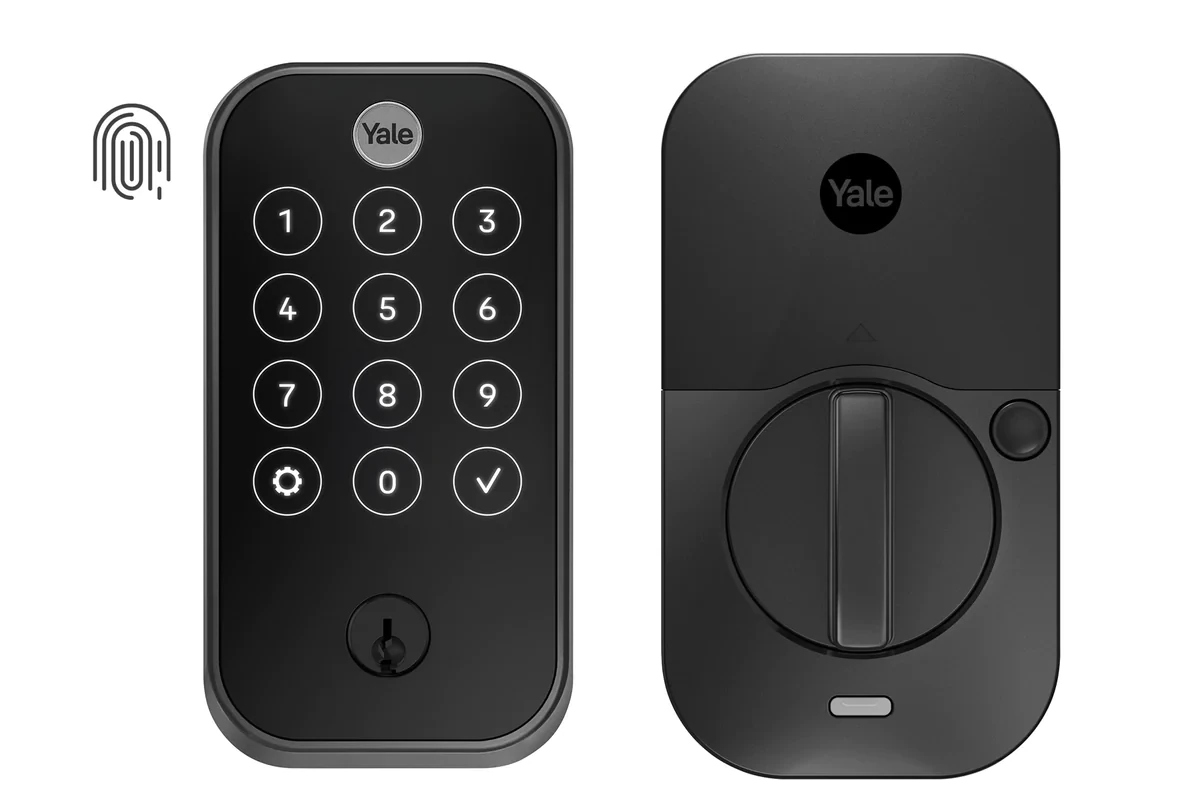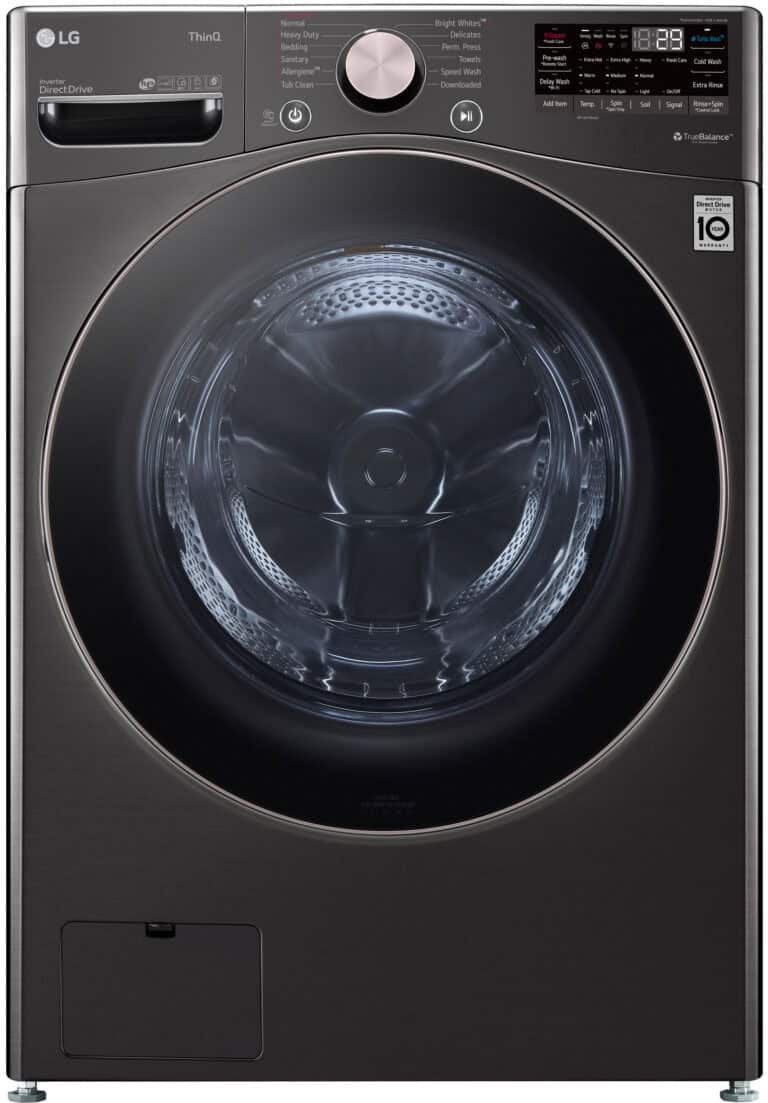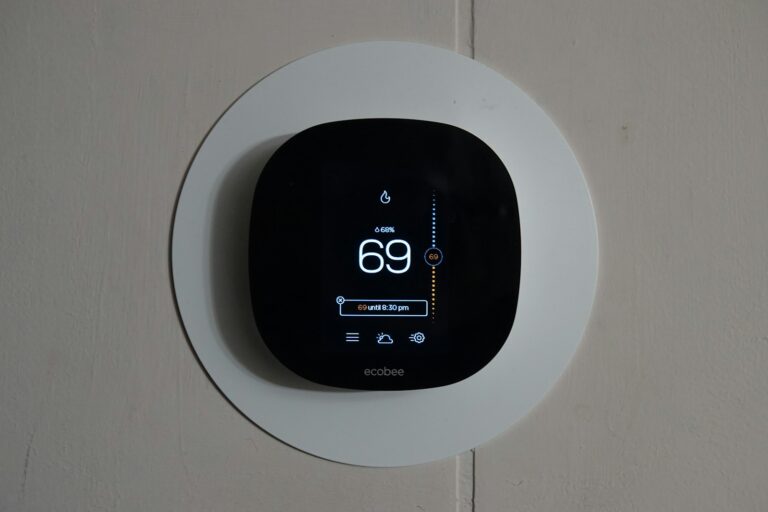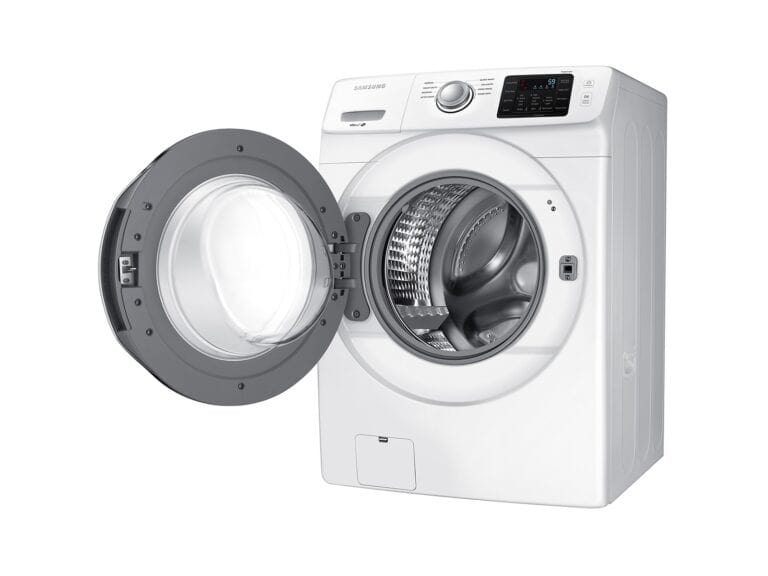
Yes, smart locks do work when the power goes out because most smart locks use batteries. By using batteries, your grid power is not used for the operation of the lock, so they keep working. For smart locks that are in fact connected to a wall power there is usually a backup battery inside the lock to protect against this very scenario.
This means that the essential function of locking and unlocking the door stays operational, providing continuous security no matter what the sitaution. However, some features like remote access or live notifications may be temporarily unavailable if the home’s Wi-Fi is down. To ensure the smart lock’s security during an outage, it’s important to check and change the batteries as part of routine maintenance.
How Smart Locks React to Power Outages
| Smart Lock Type | How it Works During a Power Outage | Considerations |
|---|---|---|
| Battery-Powered Smart Locks | Continue to function normally as long as the batteries have sufficient charge. | * Regularly check and replace batteries. * Some models have low-battery indicators. |
| Hardwired Smart Locks with Backup Battery | Switch to the backup battery source. | * Duration on backup depends on the battery capacity and usage. * Some models may notify you when the backup is low. |
| Hardwired Smart Locks without Backup | Will cease to function electronically. | * Most have a traditional keyhole for manual override. |
Important Points:
- Remote Access: Even if the lock itself is operable, features like remote locking/unlocking or notifications will likely be unavailable due to lack of internet connectivity during an outage.
- Manual Override: Ensure your smart lock has a way to open it manually with a key, just in case.
- Model-Specific Features: Some smart locks may have additional features or alerts. Refer to your specific lock’s manual for details.

Key Takeaways
- Smart locks are battery-operated and continue to work during power outages.
- Advanced features like remote access may be unavailable without Wi-Fi.
- Regular maintenance of the smart lock’s batteries ensures consistent operation.
Understanding Smart Lock Technology
Smart locks bring ease and enhanced security to our homes. Here we’ll explore what makes them tick and how they stay operational in various situations.
Components of Smart Lock Systems
Smart lock systems consist of multiple components that work together to secure your home. Batteries provide the power needed to operate the lock without a wired connection to your home’s electrical system. Keypads, touchscreens, or biometric scanners like a fingerprint scanner offer different ways to unlock the door. Internally, the lock mechanism engages or disengages to grant or prevent entry.
Some smart lock models connect to smart home devices through wireless communication technologies like WiFi or Bluetooth. This allows them to interact with a smart home hub or a mobile device via a mobile app. Users can issue voice commands or utilize remote capabilities to control the lock from afar, provided that the lock is connected to an internet connection.
Connectivity and Power Options
Smart locks utilize various power and connectivity options to maintain functionality, especially during power outages. Batteries are the primary power source, often standard AA or AAA, though some models may use rechargeable lithium-ion batteries.
For connectivity, smart locks may rely on Bluetooth to connect with local devices or WiFi for internet access. This connection allows for remote control, receiving alerts, and integrating with other smart home devices. In the event of a power cut, smart locks will continue basic functions like locking and unlocking, although features dependent on an internet connection, like receiving app notifications, are temporarily disabled.
Smart Locks During Power Outages
Smart locks rely on electronic systems to function, but they are designed with power outages in mind. Two key features enable their use during an outage: battery power and manual entry options.
Battery and Backup Power Solutions
Smart locks typically operate on batteries, which allow them to function even when there’s no electricity. Battery life varies across models, with some able to last for months or even years before needing a replacement. Users should be aware of their lock’s battery level, as most locks give a warning when the battery is low. In cases of power outages, some smart locks can be temporarily powered by a 9v battery to ensure continued operation.
- Check Battery Level: Regularly monitor your lock’s battery status.
- Replace Batteries Timely: Swap out batteries when you receive a low battery warning.
- Emergency Power: Have a 9v battery or backup battery ready for emergency power supply.
Manual Override and Physical Keys
In addition to battery backup, most smart locks come with a keyhole for a physical key to serve as a manual override. This fallback is critical during power outages, especially if the lock’s batteries have completely drained, or if the lock has no battery backup.
- Identify Keyhole: Make sure you know where the keyhole is on your lock.
- Keep a Physical Key Handy: Maintain access to a physical key in case electronic features fail.
- Practice Manual Entry: Familiarize yourself with the manual unlocking process to avoid issues during an outage.
By understanding these features and preparing accordingly, users can ensure their smart locks remain functional during power outages.
Frequently Asked Questions
Smart locks are designed to keep homes secure even during power outages. Knowing how these devices cope with electrical failure ensures continual protection and access.
Can smart locks function during an electrical outage?
Yes, smart locks continue to operate during a power outage because they typically run on batteries. When the power goes out, the locking mechanism should work as usual.
How do smart locks ensure access without power?
Smart locks are equipped with batteries as a primary power source. This allows them to remain operational even when the home’s electricity is down.
Are smart locks reliant on home Wi-Fi connectivity to operate?
No, smart locks do not rely on Wi-Fi to perform basic locking and unlocking functions. However, remote features via apps will be unavailable without Wi-Fi.
What backup features do smart locks have for power failures?
Some smart locks come with additional backup options, like a physical key or a 9V battery terminal, to ensure access when the internal batteries deplete.
How does the battery life of a smart lock affect its performance in a blackout?
Long battery life allows a smart lock to keep working for months. During a blackout, a lock with a strong battery life is a reliable defense.
In what ways can users unlock smart locks when there is no power?
Users can unlock smart locks using physical keys, keypads, or connected apps, depending on the lock model and its battery status during a power outage.






